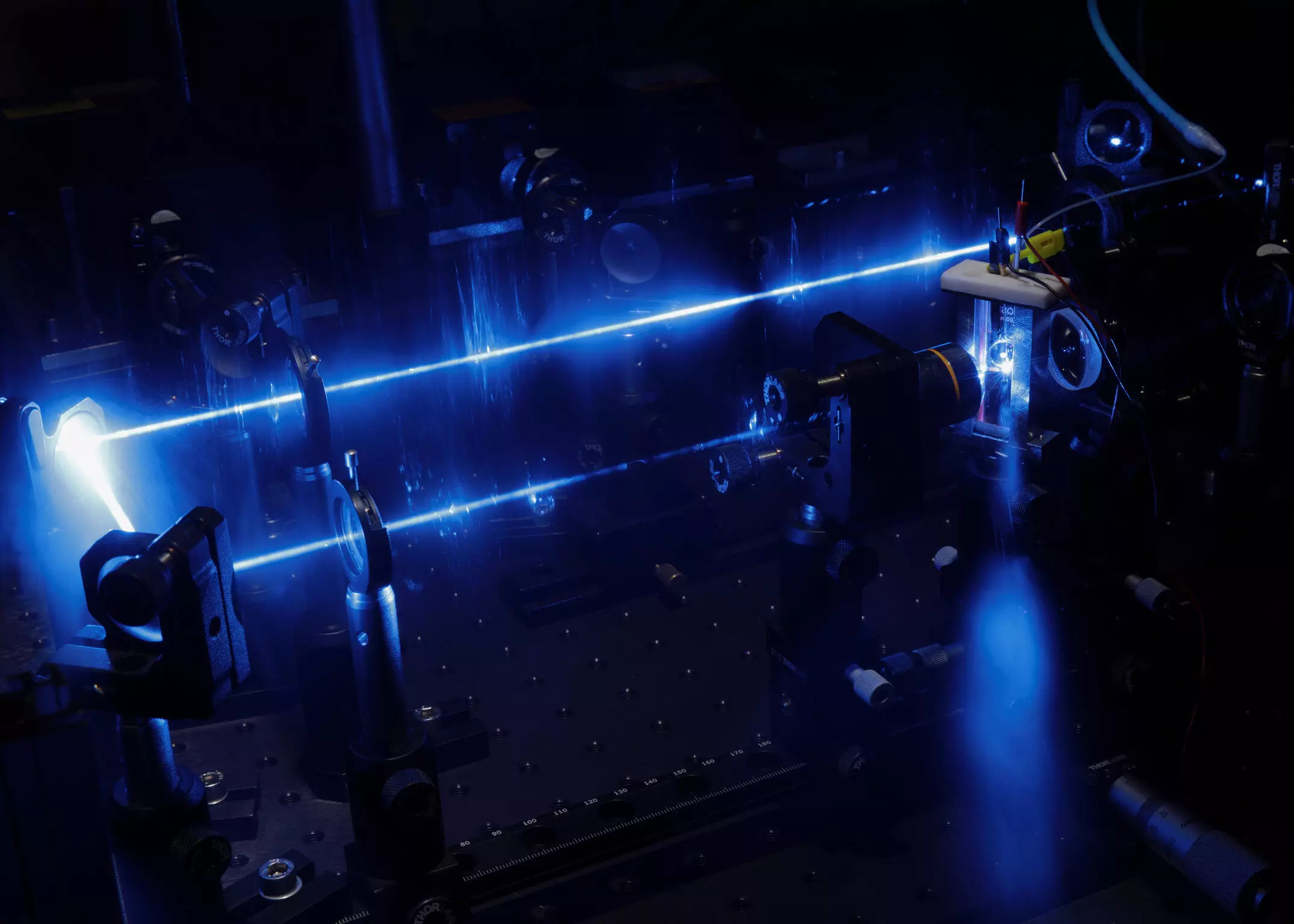Iron compounds have been shown to have their light absorption properties influenced by small changes in their chemical structure. Specifically, these changes affect the second coordination sphere of the molecule, which is a region that is not directly bound to the iron atom but plays a crucial role in influencing its behavior. The addition of protons to the iron compounds has been found to cause them to react differently to the light they absorb. This discovery is crucial as iron complexes can serve as a more environmentally friendly and easily accessible alternative to rare metal complexes like iridium or ruthenium in light-to-energy conversion.
Chromophores, which are molecules that absorb light and can release the absorbed energy through processes like electron transfer, are essential in various applications such as photocatalysis and photovoltaics. The team from the Collaborative Research Center (CRC) CataLight at the Universities of Ulm and Jena has demonstrated that iron compounds not only efficiently absorb light but also have properties that can be tailored through simple chemical modifications, like the addition or removal of protons. This level of precise control over the light absorption of iron complexes provides promising opportunities for the development of sustainable technologies.
According to Prof. Dr. Benjamin Dietzek-Ivanšić, a researcher at Leibniz IPHT and the University of Jena, this study represents a significant advancement in the understanding of how the molecular environment can impact the light absorption properties of iron compounds. These insights lay the foundation for further research aimed at optimizing iron compounds for applications in photovoltaics, catalysis, and other sustainable chemical processes. While previous studies have often focused on expensive materials, the cost-effective and environmentally friendly nature of iron complexes makes them an appealing alternative for future research and development efforts.


Leave a Reply